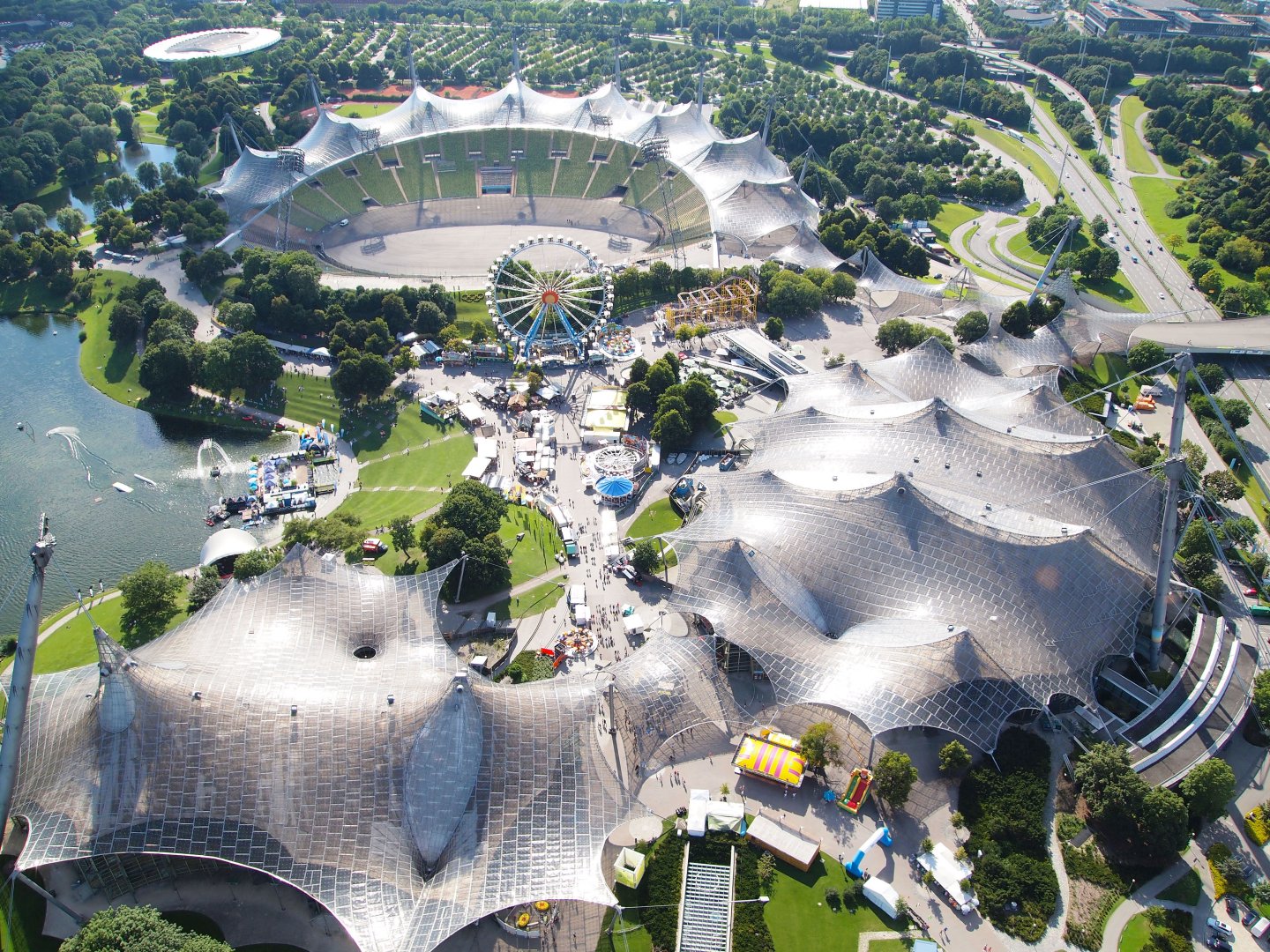
IS004 - Fluid-Structure Interaction and Wind Engineering
Keywords: extreme conditions, formfinding, integrated design and analysis, lightweight design and analysis, membrane, modeling, numerical methods, performance, simulation, computational analysis
The use of novel computational methods, combined with high-performance computing (HPC) and advanced modeling techniques, is revolutionizing the predictive simulation of wind-structure and fluid-structure interactions in membrane systems. These developments enable detailed analyses of environmental effects on lightweight, flexible structures across scales ranging from individual buildings to urban environments. Key applications include evaluating the aerodynamic influence of urban infrastructure on wind flow and investigating the dynamic response of membrane structures under environmental loading, such as extreme storms or high winds.
Accurate simulation of these phenomena requires refined modeling of coupled physics, capturing the intricate interactions between turbulent fluid flows and flexible structural behavior. Computational methods must handle complex geometries, nonlinear material behavior, and large-scale simulation domains efficiently. Integrating diverse data sources—such as terrain models, building layouts, and material properties—is essential to produce realistic 3D simulation scenarios. Moreover, simulations must account for coupled phenomena like aeroelastic instabilities, flow-induced vibrations, buffeting, and flutter, which are critical for the structural safety and performance of membrane systems. Validation is another essential aspect of simulating membrane systems which ensures the reliability of computational approaches. Systematic experiments, field tests, and rigorous verification and validation activities are necessary to benchmark models and establish their practical applicability. Advancements in modeling strategies, coupled numerical methods, and validation techniques are at the forefront of addressing challenges in wind and fluid-structure interaction scenarios.
This invited session will accommodate contributions focusing on advanced modeling, coupled numerical methods, and validation efforts for wind-structure and fluid-structure interaction in membrane and other lightweight structures. The aim is to bring together experts to foster collaboration, address shared challenges, and advance the understanding and application of computational tools for assessing the behavior of membrane structures in complex environmental conditions.

